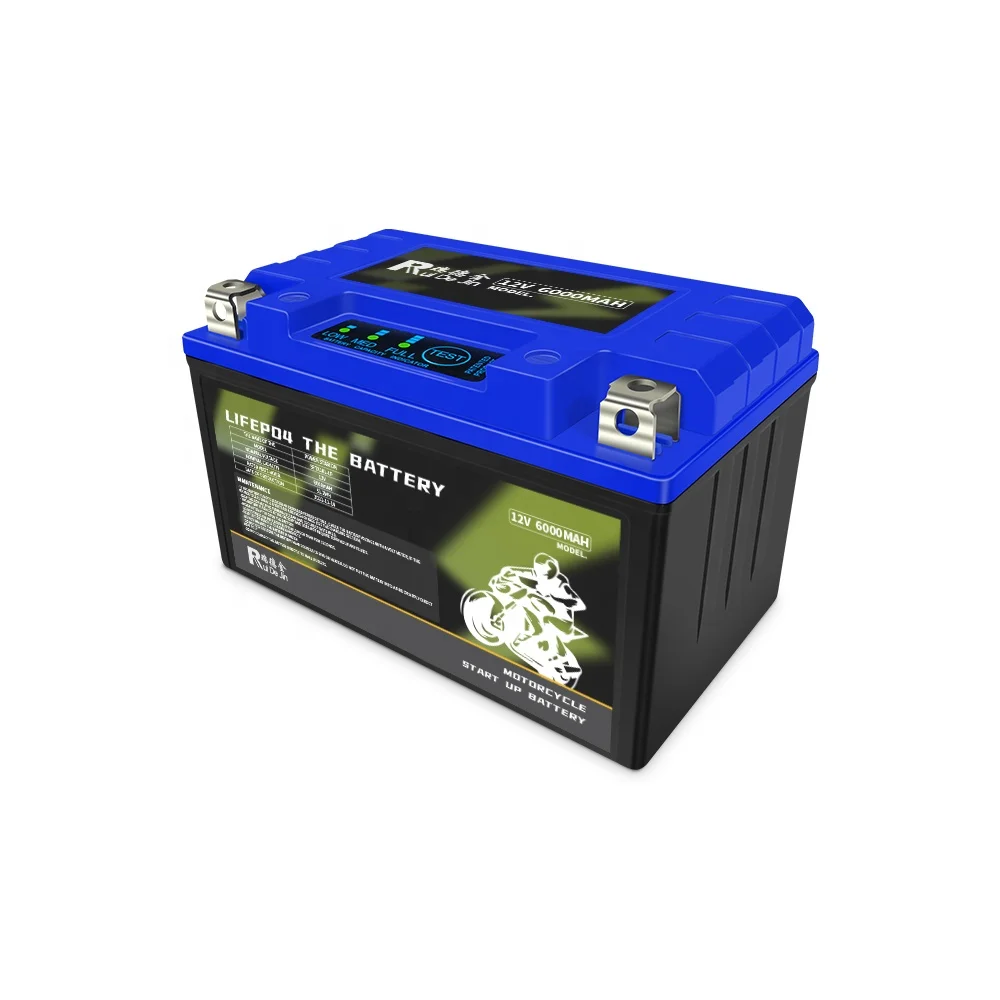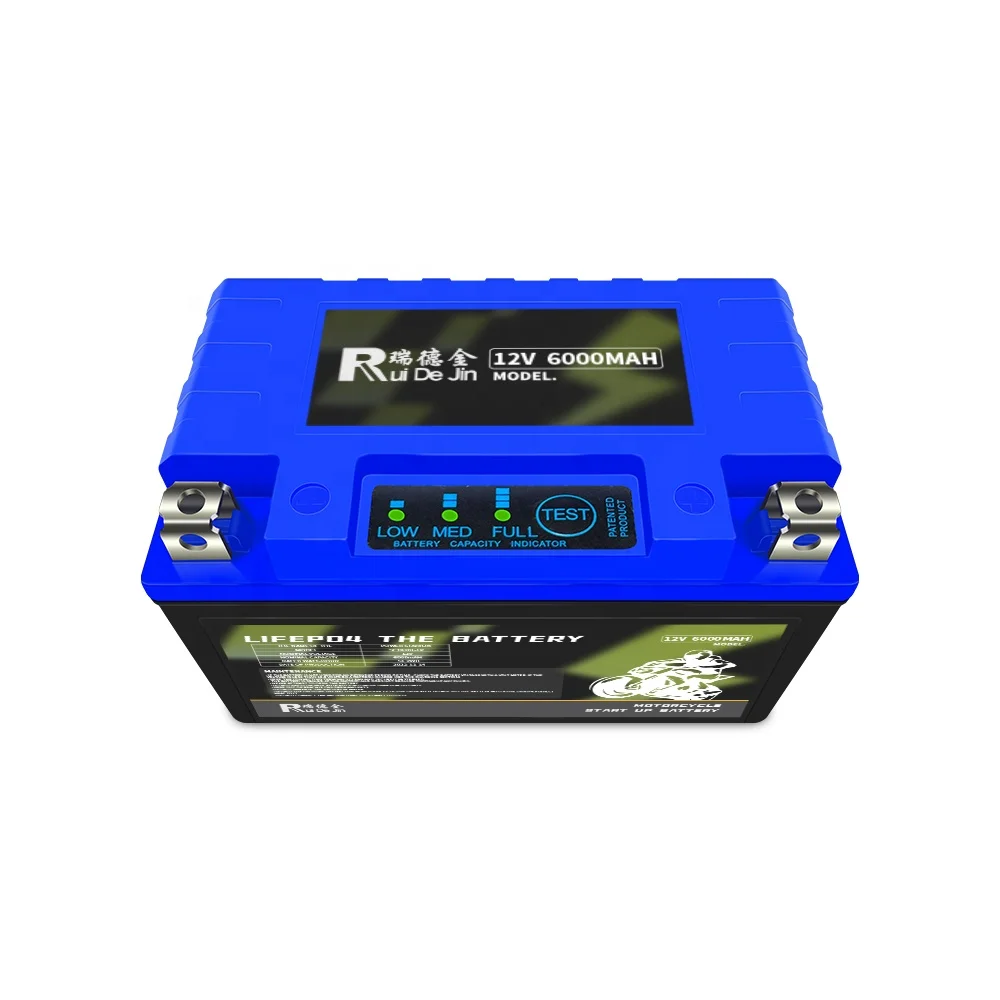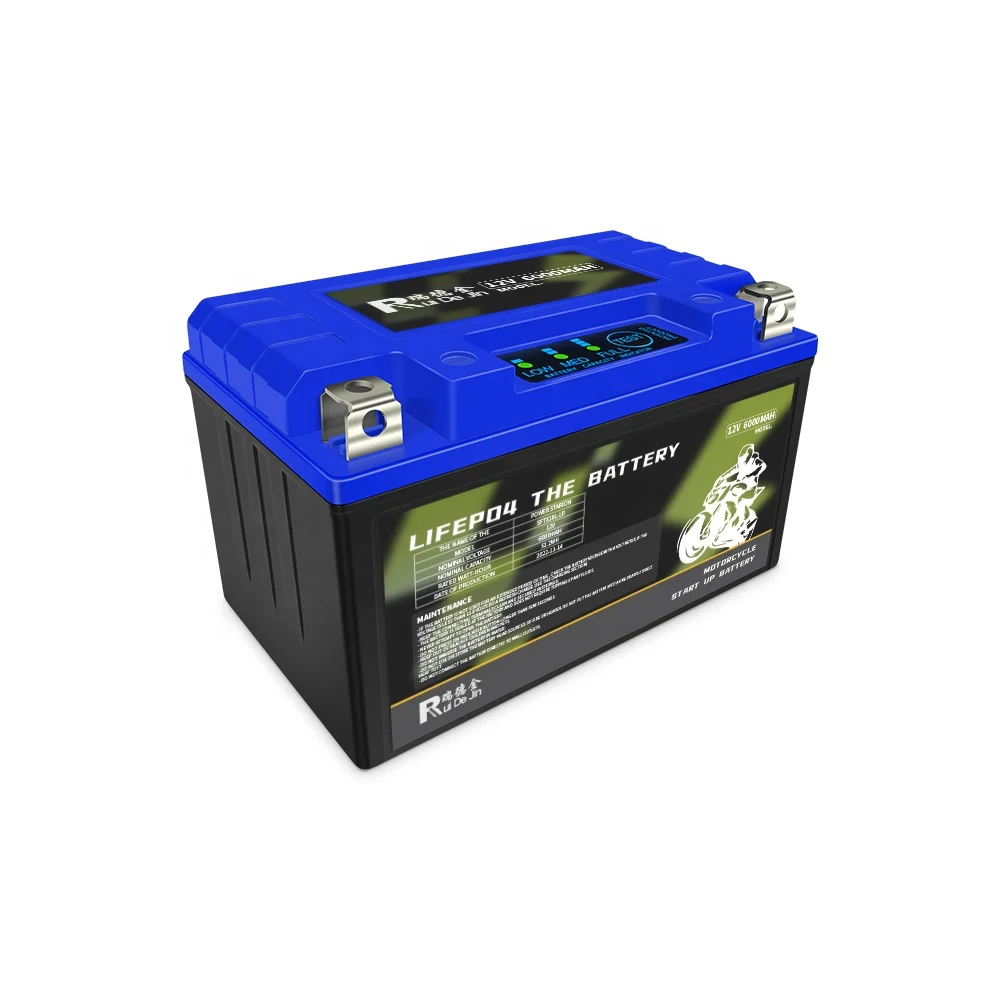BYD has never given up on the further research and development of lithium iron phosphate batteries Blade batteries will change the industry’s reliance on ternary batteries, return the technological path of power batteries to the right track, and redefine safety standards for new energy vehicles
On March 29, 2020, Wang Chuanfu, Chairman and President of BYD, spoke with words like knives at the blade battery press conference.
The issue of ternary lithium or lithium iron phosphate has been faced by new energy vehicle company BOSS more than once. Previously, it was widely believed on the market application side that ternary lithium batteries and lithium iron phosphate batteries would continue to advance side by side in the future. However, high-end models that focus on high performance will continue to use ternary lithium batteries, while models that focus on the mid to low end market and emphasize cost-effectiveness will use lithium iron phosphate batteries.
However, today’s lithium iron phosphate batteries do not think so. They are not only targeted at the mid to low-end market, but also at the high-end market of new energy. They also want to compete with ternary lithium batteries.
Low cost means it must be exclusive to the low-end?
From a technical perspective, the differences in characteristics between ternary lithium batteries and lithium iron phosphate are quite significant. Ternary lithium batteries have high energy density and good low-temperature performance. However, due to the presence of heavy metal elements such as cobalt, their raw material cost is higher and their chemical properties are more active, making them more prone to thermal runaway; And the characteristics of lithium iron phosphate are exactly opposite to ternary, with more cycles and lower raw material costs.
In 2016, the installed capacity of domestic lithium iron phosphate batteries once accounted for 70%, but with the rapid rise of ternary lithium batteries in the field of new energy passenger vehicles, the installed capacity of the lithium iron phosphate market continued to decline to 30% in 2019.
In 2020, with the emergence of phosphate batteries such as blade batteries, lithium iron phosphate batteries were gradually recognized in the passenger car market due to their high cost-effectiveness and changes in subsidy policies for new energy vehicles, and the market began to recover; In 2021, lithium iron phosphate batteries have achieved a reversal of ternary lithium batteries in terms of production and installed capacity. To this day, lithium iron phosphate batteries still occupy the majority of the market share.
According to the latest data from the China Automotive Power Battery Industry Innovation Alliance, the cumulative installed capacity of power batteries in China from January to February this year was 38.1 GWh, a year-on-year increase of 27.5%. The cumulative installed capacity of ternary lithium batteries is 12.2GWh, accounting for 31.9% of the total installed capacity and a year-on-year decrease of 7.5%; The cumulative installed capacity of lithium iron phosphate batteries is 25.9 GWh, accounting for 68.0% of the total installed capacity, with a cumulative year-on-year increase of 55.4%.
Battery Network has noticed that at the price level, the mainstream market for new energy vehicles in China is currently in the range of 100000 to 200000 yuan. In this niche market, consumers are more concerned about price fluctuations, and the low-cost characteristics of lithium iron phosphate are clearly more in line. Therefore, in the market application end, most car companies will use models equipped with lithium iron phosphate batteries as exclusive products to boost sales and focus on cost-effectiveness.
However, it is worth noting that low cost can meet the needs of low-end models, but it is not exclusive to low-end models.
Previously, lithium iron phosphate batteries had fallen behind in the competition with ternary lithium batteries due to performance shortcomings. However, now lithium iron phosphate batteries have developed rapidly in recent years, with significant improvements in battery performance in addition to cost advantages. From the current release of lithium iron phosphate batteries by major battery manufacturers and new energy vehicle companies, it can be seen that they mainly focus on improving product upgrades in terms of structure, volume utilization, and overcharging technology.
Taking BYD blade batteries as an example, while maintaining high safety and long cycle life, blade batteries can skip modules when grouped, greatly improving volume utilization. The energy density of their battery pack can be close to that of ternary lithium batteries. It is reported that with the support of blade batteries, the installed capacity of BYD power batteries has significantly increased.
According to EVtank data, in 2023, based on the competitive landscape of major global power battery companies, BYD ranked second with a global market share of 14.2%.
In addition, Jike has released its first mass-produced 800V lithium iron phosphate ultrafast charging battery – the gold brick battery. Officially, the volume utilization rate of the BRICS battery reaches 83.7%, with a maximum charging power of 500kW and a maximum charging rate of 4.5C. At present, the BRICS battery has been launched for the first time on the Extreme Krypton 007.
GAC Aion also announced earlier that the full stack self-developed and self-produced P58 microcrystalline super energy battery will be taken offline. The battery adopts GAC’s independent lithium iron phosphate technology, which has advantages in battery life and overall energy density.
On the battery manufacturer side, in December 2023, Honeycomb Energy announced that in the BEV field, the company will launch two specifications of lithium iron phosphate short knife fast charging cells, L400 and L600, in 2024. According to the plan, the short knife fast charging core based on L600 will cover the 3C-4C scenario and is expected to be mass-produced in the third quarter of 2024; The short knife ultra fast charging cell based on L400 will cover 4C and higher magnification scenarios, meeting the mainstream 800V high-voltage vehicle models in the market. It will be mass-produced in the fourth quarter of 2024.
Ningde Era, Lithium Iron Phosphate, Shenxing Supercharged Battery
In August 2023, Ningde Times released the Shenxing Supercharged Battery, which is the world’s first lithium iron phosphate 4C rechargeable battery. With the high integration and grouping efficiency of CTP3.0 technology, it can charge for 10 minutes, have a range of 400 kilometers, and have an ultra long range of 700 kilometers. It can also achieve fast charging in all temperature ranges.
It is reported that since its release, Shenxing Supercharged Battery has confirmed cooperation with multiple car companies such as GAC, Chery, Avita, Nezha, Jihu, and Lantu. At present, it has been mass-produced in models such as the Chery Star Era ET and the 2024 Extreme Krypton 001.
It is worth mentioning that the overseas power battery market has always been dominated by ternary lithium batteries. However, due to the rapid development of domestic lithium iron phosphate battery technology, strong stability, long cycle life, good safety performance, low cost and other advantages, many international car companies are currently intending to install lithium iron phosphate batteries.
Previously, it was reported that Tesla CEO Musk had claimed that two-thirds of Tesla cars in the future would use lithium iron phosphate batteries; Stellantis Group has also signed a memorandum of understanding with CATL, agreeing that CATL will supply the battery cells and modules of lithium iron phosphate batteries to Stellantis Group locally in Europe; Ford is building a lithium iron phosphate battery factory in Michigan, USA, and CATL provides technical and service support for it
Is ternary lithium necessarily a high-end necessity?
On February 25th, the pure electric performance supercar Yangwang U9 under Yangwang Automobile was launched at a price of 1.68 million yuan, with a maximum horsepower of over 1300Ps and a maximum torque of 1680N · m. The tested 0-100km/h acceleration time can reach 2.36s. Apart from the impressive mechanical properties of the vehicle itself, the U9 still uses blade batteries.
The message shows that the blade battery equipped on the U9 can achieve continuous high rate discharge, efficient cooling, battery overcharging, and efficient temperature control. At the same time, it is equipped with dual gun overcharging technology and has a maximum charging power of 500kW.
According to the application information from the Ministry of Industry and Information Technology, the Yangwang U9 is equipped with an 80kWh blade battery, with a battery weight of 633kg and a system energy density of 126Wh/kg. Based on the total energy of 80kWh, the maximum charging rate of Yangwang U9 has reached 6C or above, and at a maximum power of 960kW, the peak discharge rate of the battery is as high as 12C. The power performance of this blade battery can be described as the king of lithium iron phosphate.
Looking up at the application information of U7 Ministry of Industry and Information Technology
Looking up at the application information of U7 Ministry of Industry and Information Technology
In addition, recently, the Looking Up U7 has also been declared by the Ministry of Industry and Information Technology, positioning itself as a large luxury pure electric vehicle with a body size of 5265/1998/1517mm, a D-class vehicle, a weight of 3095kg, a battery of 903kg, an energy of 135.5kWh, and a system energy density of 150Wh/kg. It is also a lithium iron phosphate battery.
In the past, all high-performance pure electric vehicle models without exception used high specific energy ternary lithium batteries to ensure higher performance parameters. Looking up at the performance parameters of two million level high-end car models using lithium iron phosphate that are no less than ternary lithium batteries, it is enough to justify the name of lithium iron phosphate.
Earlier, when BYD released its lithium iron phosphate blade battery, industry insiders suggested that BYD may create a “ternary blade battery” after its technology matures, but now it seems that this is not the case. Some opinions suggest that by adopting lithium iron phosphate batteries in high-end models, BYD has conveyed confidence in its own technology to consumers and broken the industry’s doubts about lithium iron phosphate. Each battery type has its unique advantages and can shine in different usage scenarios.
2024 Extreme Krypton 001 Power Battery Information Diagram/Extreme Krypton
2024 Extreme Krypton 001 Power Battery Information Diagram/Extreme Krypton
In addition, Battery Network has noticed that the 2024 Extreme Krypton 001 has been officially launched recently. The WE version is divided into two battery versions, each equipped with Ningde Times 4C Kirin battery and 5C Shenxing battery, with prices starting at 269000 yuan.
Among them, the Kirin battery is a ternary system with a total energy of 100kWh, a system energy density of 170Wh/kg, a 10~80% SOC charging time of 15 minutes, a peak charging rate of 4C, an average of 2.8C, and a CLTC range of 750km (rear wheel drive models); The Shenxing battery is a lithium iron phosphate system with a total energy of 95kWh, a system energy density of 131Wh/kg, a 10~80% SOC charging time of 11.5 minutes, a peak charging rate of 5C, an average of 3.6C, and a CLTC range of 675km (four-wheel drive model).
Due to the cost reduction of lithium iron phosphate, the price of the Geely Krypton 001 Shenxing battery version is consistent with that of the Kirin battery version. On this basis, the fast charging time of the Shenxing battery is faster than that of the Kirin battery, and the CLTC range of the dual motor four-wheel drive model is only 75km lower than that of the Kirin battery rear wheel drive model.
It can be seen that in the current product system, among vehicles in the same price range, lithium iron phosphate batteries are more cost-effective than ternary lithium batteries.
It is understood that Ningde Times Shenxing Supercharged Battery has jointly developed with multiple car companies, including GAC to jointly develop Shenxing Battery’s “Low Temperature Edition” and “Long Life Edition”; Creating the Shenxing Battery Long Life L Series with Nezha Motors
Post time: Mar-21-2024



